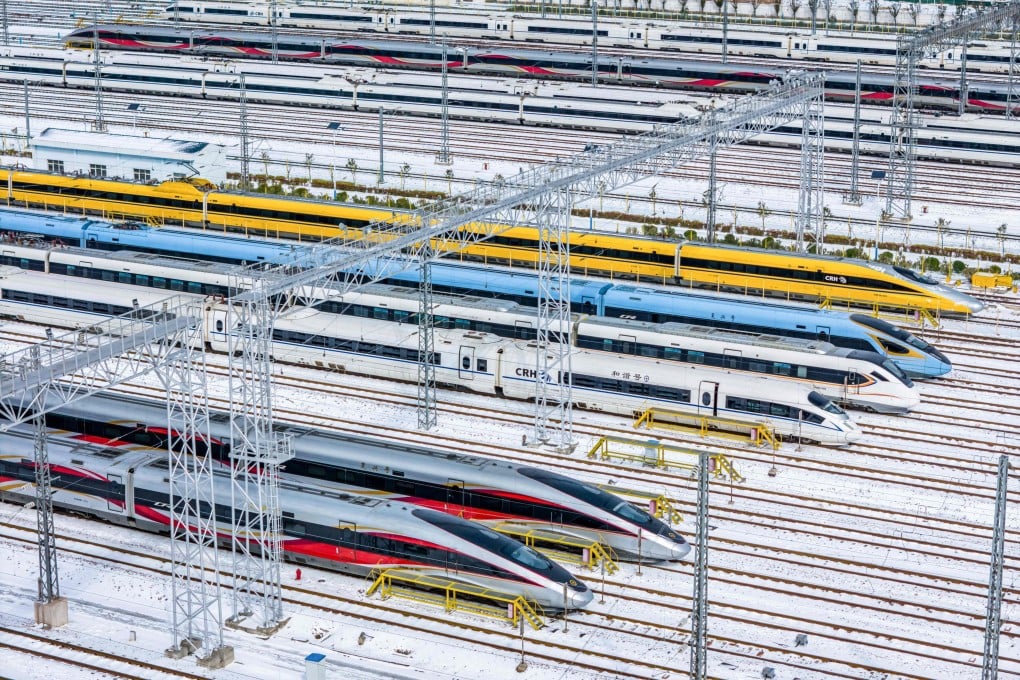China’s ‘truly outstanding’ heat-resistant aluminium alloys are 6 times stronger than previous materials
- Scientists use nanoparticles to supercharge mechanical properties of aluminium alloys
- Simple, cost-effective process produces alloys that can be easily scaled up for new aerospace, transport applications

Aluminium alloys are known for their low density, high specific strength, and corrosion resistance. But until now their heat resistance has been relatively limited, with traditional aluminium alloys typically operating at around 350 degrees Celsius (662 Fahrenheit). At temperatures above 400 degrees Celsius, the mechanical properties of these materials quickly deteriorate, which limits their use in aerospace design.
“This new aluminium alloy has more than six times the strength of traditional aluminium alloys at 500 degrees Celsius, significantly surpassing the best levels reported internationally for aluminium-based materials,” TJU said in an official release earlier this month.
“This manufacturing process is simple, cost-effective, and easy to scale up for industrial production, making it highly valuable for industrial applications,” lead researcher He Chunnian said in the release.
“The team is partnering with prominent industry leaders and research institutions to drive forward the development of heat-resistant aluminium alloys for aerospace engines and critical aerospace components, and expects the material to see industrial use soon.”
The research was published on April 26 in the peer-reviewed journal Nature Materials.